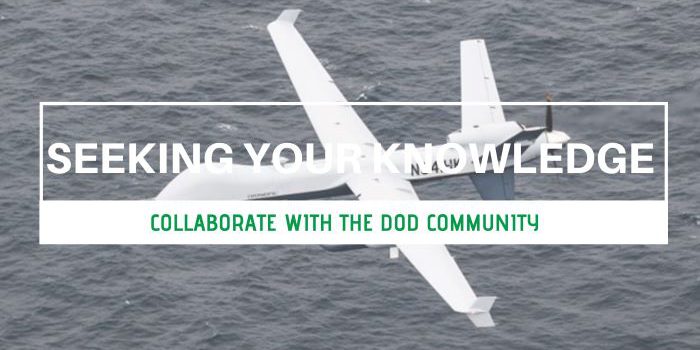The Defense Systems Information Analysis Center (DSIAC) is seeking solutions for reliably performing state estimation of an autonomous airplane operating over the open ocean across all lighting and cloud cover conditions. Solutions must be at TRL 6 or higher. Nondrifting solutions providing better than 2-km accuracy are preferred, with a goal close to 100 km. Drifting solutions must provide accuracy better than 10% error over the distance traveled.
The desired sensor technology has the following restrictions:
• No radio frequency transmission is permitted.
• Must function in complete darkness or bright daylight and in the presence of cloud cover.
The total weight must not exceed 10 lb, with only 1 lb allocated for alternative navigation. Do not include battery or power supply weight and assume that power can be provided by the platform at the desired voltage. Include estimated power consumption peak and average with submission. Also include processor utilization expectations if the technology has a substantial software processor burden requiring high-power processors (such as Nvidia TX2, Xavier, etc.).
Environmental considerations include the following:
• Ambient temperature ratings should be between -20 °C and 45 °C.
• Maximum flight density altitude should be at 10,150 ft.
• Payload ingress protection recommendation is IP64, with the system protected against ingress by dust and splashing from all directions.
• The payload will be responsible for any stabilization required for its sensing. Aircraft roll/pitch/yaw stability information will be available upon request.
If you have any information that can support this request, please contact Taylor Knight (taylor.h.knight.ctr@mail.mil), the lead analyst for this effort. You can also join the conversation on the DoDTechipedia forum by clicking the “Join the Discussion” button below.


